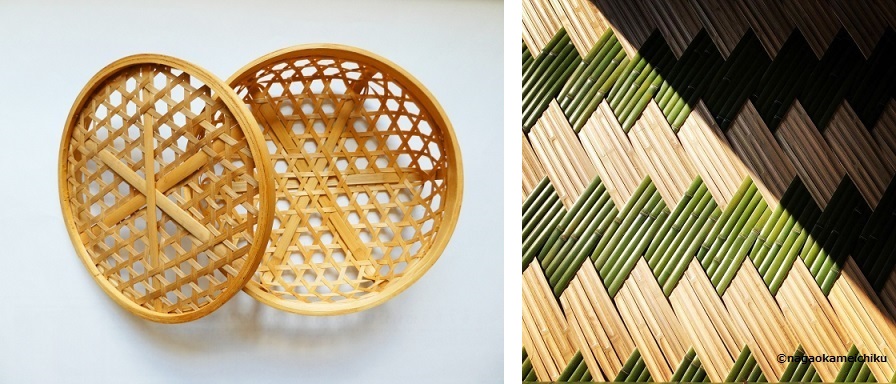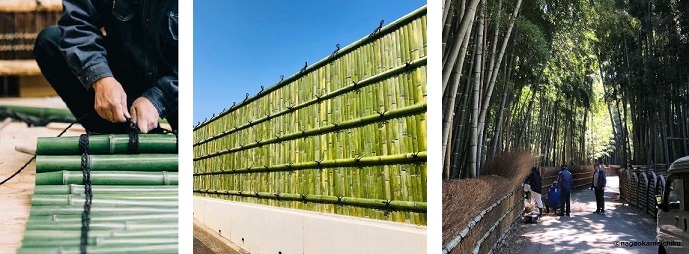-
- USA/Canada 1-800-285-2726
- Australia (02) 8006 4411
Bamboo crafts have long been a part of traditional Japanese history dating all the way back to the Jomon period (14,000 – 1000 BCE). Kyoto, being the center of traditional Japanese culture, is home to high quality bamboo due to the climate of the region and with the development of the tea ceremony and flower arrangement, high quality bamboo crafts have become the standard. Nowadays, new bamboo crafts are being made incorporating other various materials with traditional techniques. Additionally, because bamboo only takes a year to grow, production of these goods is environmentally friendly and sustainable.


Bamboo has been used for architecture and everyday tools since prehistoric times. Unfortunately, due to the nature of the modern lifestyle, the Kyoto bamboo industry has been in decline due to the lack of bamboo craftsmen. However, there are still craftsmen, young and old, trying to keep the tradition alive whether it be using traditional techniques to create accessories or even fireproof bamboo to attract apprentices and expand the market. Our tour will be taking a closer look into how the younger generation is working to revive interest in bamboo crafts by incorporating modern concepts.
Wabi Sabi
“Wabi-sabi” is a term that portrays beauty that exudes from the inside over the years. The works of art slowly deepen their expression as time passes and is something that is apparent when it comes to traditional bamboo craftsmanship. We will take a look into and experience an artisan bamboo studio with a master craftsman to see what the art and work is all about.

Tourist district reminiscent of old Kyoto; home of the famous bamboo groves
Zen Temple with Meditating Rock Garden
Jinrikisha are two-wheeled, human-powered taxis pulled by locals to show travelers traditional Japan scenery.